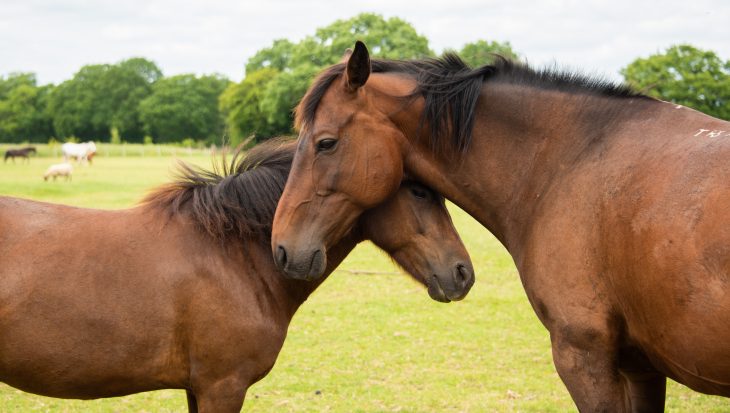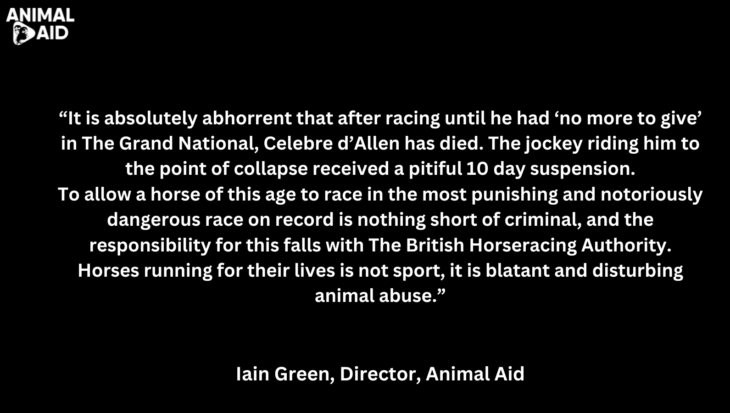The Film
Section 1. Layout Problems
A chute delivers sheep (often at speed) to the slaughter area. They drop from the chute (where they cannot move their legs) onto a slippery slatted floor, directly in front of a solid central upright structure (part of the conveyor system). The only way they can be protected from it is by the conveyor operator directing them with his legs or body. This can cause as many problems as it prevents. Often, however, they hit the solid upright head on. Many sheep fall and cannot get up.
Our film shows three significant layout problems:
- Sheep slipping on the slatted floor
- Falling hard from the conveyor restrainer
- Hitting the central solid upright*
This area is held together with pallets and string; drips fall from the ceiling; and cups of hot drinks are balanced on top of the electric box. The infrastructure here is guaranteed to cause suffering to the sheep and encourages aggression by frustrated conveyor operators, and yet this slaughterhouse has been approved by the government. A government-appointed vet continues to work within this slaughterhouse and has, we assume, turned a blind eye to the fundamental welfare breaches caused by the design.
Animal Aid:
- Is asking Defra for a review of how this slaughterhouse came to be approved and for its licence to be revoked
- Has given footage to the Food Standards Agency (FSA) and is urging it to investigate the Food Business Operator with a view to prosecuting
- Has asked the FSA for information as to whether the vet has ever reported the problems connected to the layout at Bowood Yorkshire Lamb.
Section 2. ‘Best practice’ in the Loading Area
Such an appalling design and construction means the conveyor operators routinely have to pick up fallen sheep, who may have been hurt by the fall and who are unable to get to their feet. Clearly, many of these sheep are frightened and panicking. Our footage shows the best practice we were able to film, as one conveyor operator struggled to cope with the terrible design and construction.
In this section of our film, we have shown the best practice by the worker least prone to violent actions. In it, he has to direct the sheep using his legs, and is forced to bend to pick up sheep who have fallen and get them onto the conveyor.
Running Loose
That he has to operate two conveyors while at the same time direct the sheep who arrive behind him means that there is always room for error. In this case, the conveyor is not stopped soon enough and a sheep is taken straight off the end. She is seen in the background running through the slaughterhouse. Some time later, she reappears on camera – but on the wrong side of the pallets, tied together with string, that form the walls. She is picked up by her fleece and dragged back over the pallets to be slaughtered.
Section 3. Violence
‘Compassion and animal welfare stand at the centre of the entire process’ – Shuja Shafi and Jonathan Arkush, writing in defence of religious slaughter, 6 March 2014
All of the four conveyor operators we filmed showed varying degrees of aggression and violence towards the sheep, and both slaughtermen witnessed this daily violence without appearing surprised or concerned about it. On just one occasion – the fifth clip in our film – did a slaughterman appear uncomfortable with the threat of violence, shaking his head at the conveyor operator. On all other occasions – and we reported hundreds of incidents to the Food Standards Agency – the slaughtermen appeared accepting of the violence, suggesting it is both systemic and ‘normal’ – note the first clip.
Our film shows 31 clips of violence, although many more have been reported to the Food Standards Agency, including a sheep being kicked in the face before the worker stands on her neck, then bounces up and down. She wriggles free and hides in a corner where he leaves her. After processing two more sheep – one of whom he shouts at while grabbing her fleece and throwing her – he turns his attention back to the one in the corner. He grabs her by a foreleg, then hurls her at the conveyor, which she hits with considerable force.
It also shows:
- Sheep being kicked in the face and head
- Sheep being picked up and hurled head first into solid structures
- Sheep being lifted by their ears and thrown violently
- Sheep being lifted by having their legs pulled backwards over their heads
- Sheep being dragged and thrown by their legs
- Sheep being lifted by their heads, throats or fleeces and thrown
- A worker holding a sheep by her throat and drawing back his fist as if to punch her. The slaughterman shakes his head – the only example we found of apparent disapproval.
Section 4. Callousness and Contempt
There are four examples of callousness and contempt in this film.
- A sheep emerged into the area via a conveyor restrainer on her back, which is needlessly distressing for the sheep. Those loading the sheep in the lairage can only have done this on purpose. A man in a grey hat appeared as she emerged, which may not be coincidental. See point 2.
- This same man appeared in our second clip to alert workers to another sheep arriving on the conveyor restrainer from the lairage. He pointed to her and pulled at her ear to show his colleagues that this sheep had had spectacles drawn on her face using green paint. Amidst the laughter, the slaughterman held up her head to show off these spectacles. Even after her throat had been cut and she was bleeding to death, the slaughterman held up her face and turned it so people could see, while the laughter continued.
- In the third clip, the two slaughtermen taunt and torment sheep as they arrive on the conveyor. They shout at them, wave their hands (holding knives) in front of their faces and slap them on their faces. This is an edited clip; the callous behaviour continued for more than five minutes.
- To the karate shout of ‘Hi-ya!’, a cut (hopefully dead) sheep is hurled with great force across the room – watch the background to see her land in front of a sheep who has not yet been cut.
Section 5: Poor Practice at Slaughter
Poor cuts
Halal meat is produced through ritual slaughter known as dhabihah, which requires that the animals are killed by ‘a single cut with a surgically sharp knife’. While this was the case for many of the sheep we filmed, there were also many cases where sheep endured terrible sawing or hacking at their throats.
This film shows just a few of the very many examples.
Bleedout times
Under the current slaughter regulations – Welfare of Animals (Slaughter or Killing) – it is an offence to move sheep for 20 seconds after their throats have been cut. This is because they may still be conscious and further ‘dressing’ would add to their suffering. We analysed the first 500 sheep we filmed and recorded the time from the cut until they were shunted off the end of the conveyor.
Of the 500 sheep observed, 431 (86.2%) were shunted off the conveyor less than twenty seconds after being cut:




